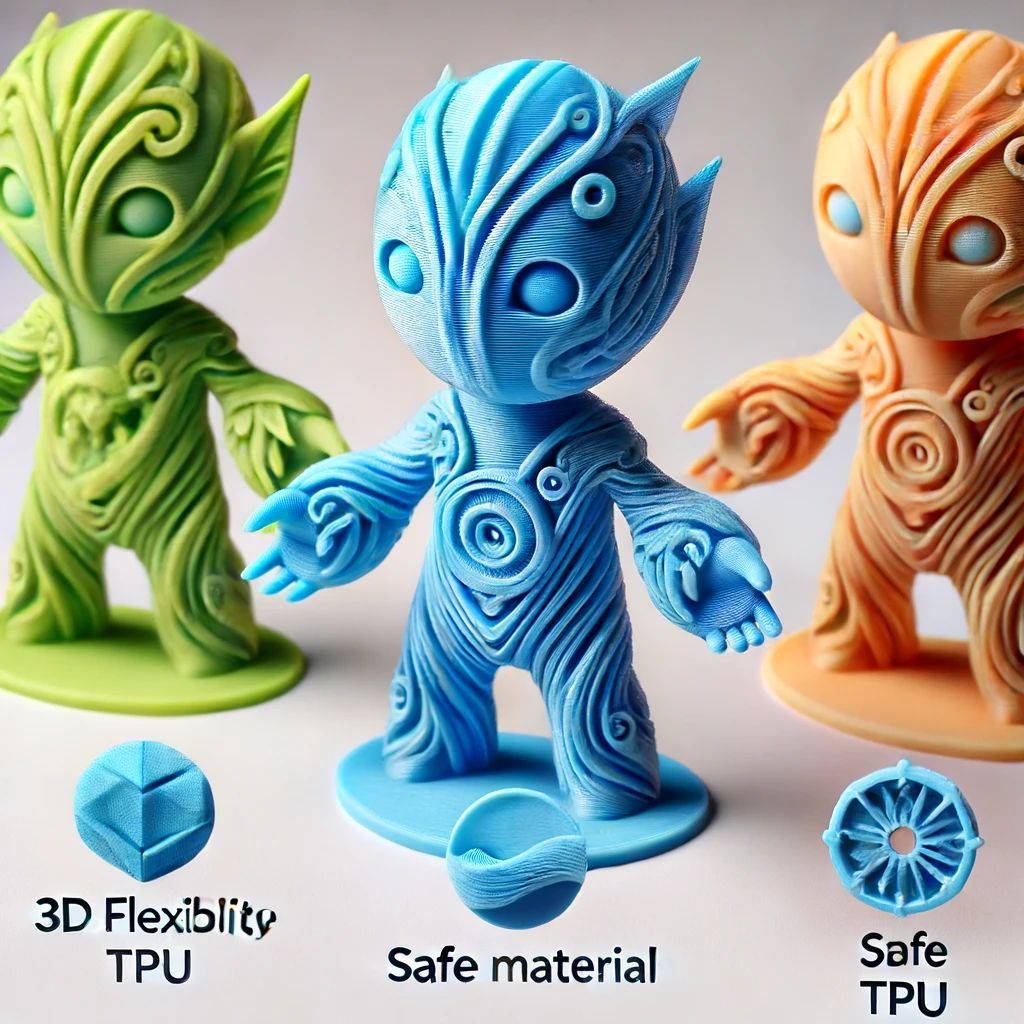How is reverse engineering being used in conjunction with 3D printing?
Reverse Engineering and 3D Printing: A Powerful Synergy Unveiled

The convergence of reverse engineering and 3D printing has brought about a revolution in various industries, enabling unprecedented possibilities in design, prototyping, manufacturing, and product innovation.
This dynamic duo empowers engineers and designers to recreate physical objects with astonishing accuracy and efficiency.
In this blog post, we will explore the concept of reverse engineering, understand how it complements 3D printing, delve into its applications, and highlight its significance in modern-day industries.
- Understanding Reverse Engineering:
- Reverse engineering is the process of analyzing an existing physical object or component to extract its design information, dimensions, and functionality. It involves examining the object through techniques like 3D scanning, measurements, and disassembly, with the aim of creating a digital representation of the original part.
- Synergistic Integration with 3D Printing:
- The integration of reverse engineering with 3D printing technology has revolutionized traditional manufacturing approaches. By leveraging 3D scanning techniques, engineers can capture the geometry and surface information of an object and convert it into a digital 3D model. This model can then be modified, optimized, or reproduced using 3D printing techniques, leading to a plethora of applications.
- Applications of Reverse Engineering and 3D Printing:
- a. Design Replication: Reverse engineering combined with 3D printing allows the replication of complex designs, enabling the creation of spare parts or discontinued components that are no longer available in the market.
b. Prototyping and Iteration: Reverse engineering helps in creating accurate 3D models of existing objects, which can be further optimized and refined using 3D printing. This iterative process allows engineers to quickly develop and test prototypes, reducing time and cost.
c. Customization and Personalization: By reverse engineering and 3D printing, unique and customized products can be created to meet specific customer requirements. This has significant implications in industries such as automotive, aerospace, and medical devices.
d. Legacy Part Replacement: Reverse engineering aids in recreating obsolete or legacy parts, enabling their reproduction using 3D printing. This eliminates the need for expensive tooling and machining processes.
e. Art and Heritage Preservation: Reverse engineering, combined with 3D printing, plays a vital role in preserving art and cultural heritage. Precious artifacts can be scanned and replicated, allowing wider access to their beauty and historical significance.

Significance and Benefits:
The amalgamation of reverse engineering and 3D printing offers numerous advantages to industries:
a. Reduced Time-to-Market: The ability to rapidly create prototypes and iterate designs accelerates the product development lifecycle, resulting in reduced time-to-market.
b. Cost Efficiency: By avoiding the need for complex manufacturing processes and tooling, reverse engineering with 3D printing significantly reduces production costs.
c. Enhanced Design Flexibility: Reverse engineering enables the study and modification of existing designs, leading to improved functionality and performance.
d. Sustainability: By recreating parts using reverse engineering and 3D printing, industries can contribute to sustainability efforts by minimizing waste and extending the lifespan of products.
Conclusion:
The fusion of reverse engineering and 3D printing has opened up new horizons in manufacturing, design, and innovation. This symbiotic relationship allows for faster prototyping, customization, and replication of complex components with unparalleled precision.
By harnessing these technologies, industries can embrace efficiency, reduce costs, and unleash their creative potential.
To unlock the full potential of reverse engineering and 3D printing, we encourage engineers, designers, and manufacturers to explore these technologies.
Embrace the power of reverse engineering by investing in 3D scanning equipment, software, and 3D printers. Stay updated with the latest advancements, collaborate with experts, and leverage this transformative combination to revolutionize your industry.
Remember, the synergy between reverse engineering and 3D printing is shaping the future of manufacturing.
It's time to embrace the possibilities and be at the forefront of innovation.












